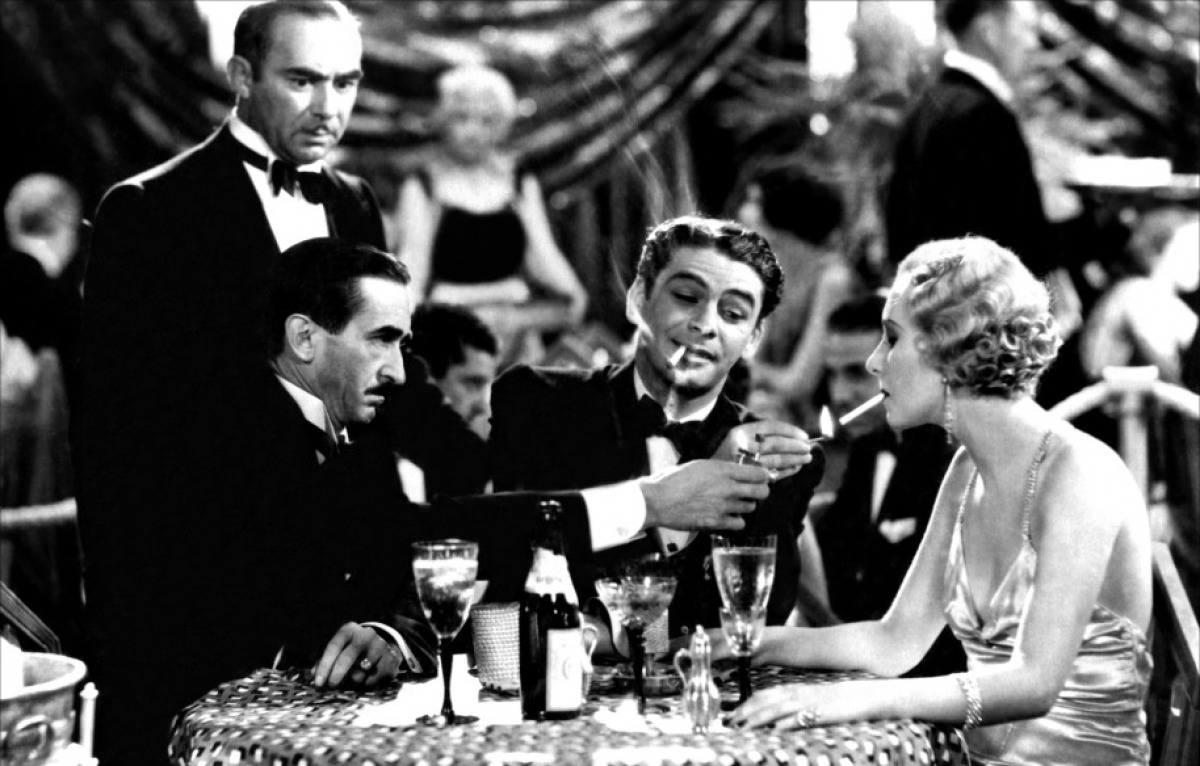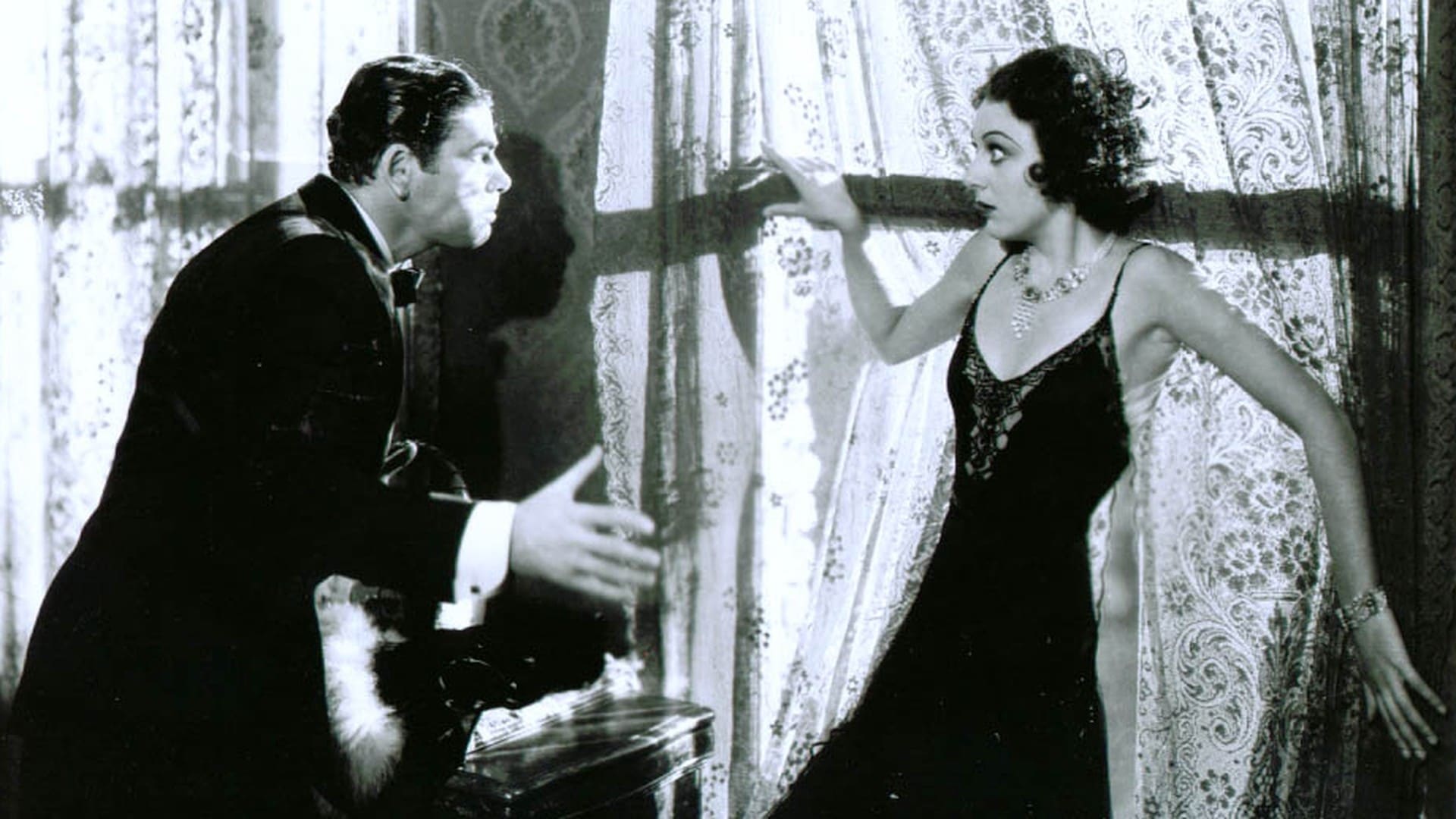Tag: scarface
-

SCARFACE and the Italian
In the United States during the early 1930s, Prohibition became a gateway for criminal activity that led to a fight for control over the different aspects of illegal goods and services. This new era of criminal underworld, brimming with riches ripe for the taking, attracted the likes of those such as Al Capone, Charles “Lucky”…
-

SCARFACE: The Effects of its Censorship
Introduction Scarface is a gangster film based on the life of Al Capone, a notorious gangster in Chicago during the prohibition era.[1] United Artists followed the public’s love for gangster films and produced one of the “most iconic gangster films ever made.”[2] The film was produced in the Pre-Code Era of Hollywood, an era where…
-

Pre-Code and SCARFACE’s Impact
In July of 1934, the Production Code Administration of Hollywood, or commonly recognized as the Hays Office, began to regulate Hollywood made films. But before this occurred, there was a brief four-year period from 1930 to 1934 where films had more ability to venture out and have free creative expression. Those four years, before filmmakers…